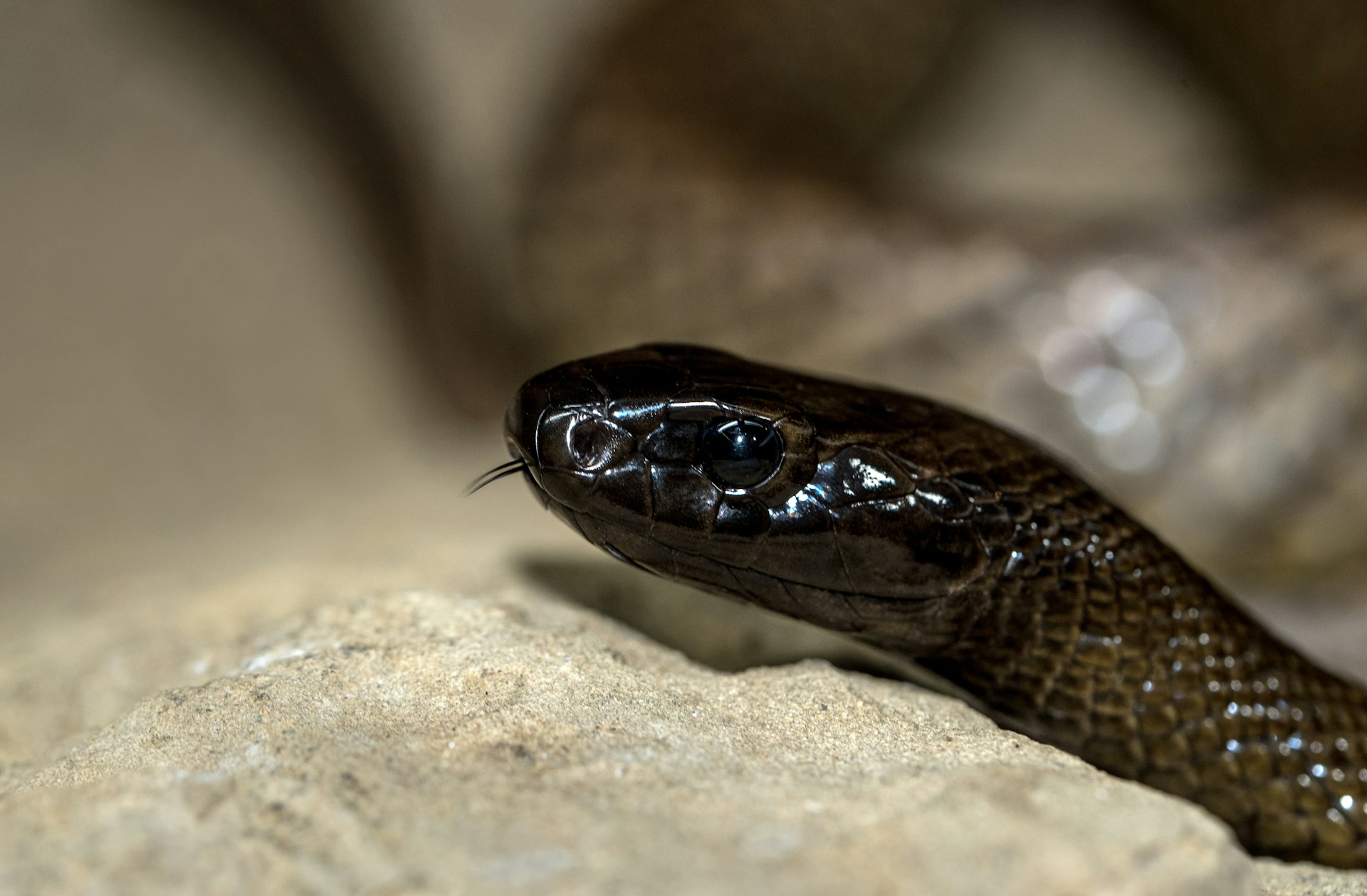In the vast world of reptiles, few creatures captivate our imagination quite like snakes. From their sinuous movements to their remarkable adaptations, these limbless reptiles have evolved countless fascinating features throughout their evolutionary journey. Among the most intriguing claims circulating in both scientific circles and popular culture is the existence of snakes with transparent or see-through scales. This transparency, whether literal or figurative, has sparked curiosity and debate among herpetologists and nature enthusiasts alike. But does such a snake truly exist? Can scales, typically designed for protection, actually allow visibility through a snake’s body? Let’s slither into this fascinating topic and separate scientific fact from captivating myth.
The Anatomy of Snake Scales
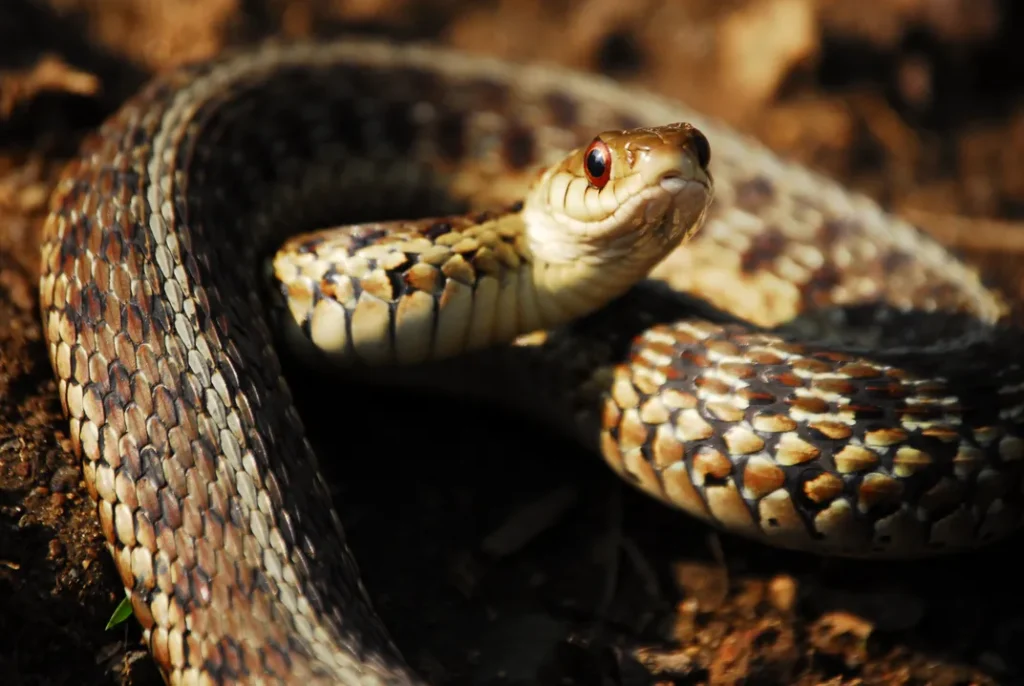
Snake scales are remarkable structures that serve multiple critical functions in a serpent’s life. Made primarily of keratin—the same protein found in human hair and nails—these overlapping plates provide physical protection against abrasion, help prevent water loss, and assist in locomotion. Traditional snake scales are typically opaque or translucent at most, featuring complex microstructures that create their distinctive patterns and colors. These scales grow from the snake’s skin and are shed periodically during the moulting process, allowing for growth and renewal. Understanding the basic composition and function of snake scales is essential for evaluating claims about transparency, as any truly see-through scale would represent a significant departure from typical reptilian anatomy.
The Glass Snake: A Misleading Name

One of the most common sources of confusion in the discussion of transparent-scaled snakes is the glass snake, or Ophisaurus. Despite its common name, this reptile isn’t actually a snake at all—it’s a legless lizard belonging to the family Anguidae. Glass snakes earned their misleading moniker due to their fragile tails, which can break off easily when threatened, similar to how glass might shatter when struck. Unlike true snakes, glass lizards have movable eyelids, external ear openings, and different scale patterns. Their scales are not transparent or see-through, contrary to what their name might suggest. This misnomer has contributed significantly to the persistent myth of snakes with transparent scales, creating confusion among nature enthusiasts and casual observers alike.
The Albino Python Phenomenon
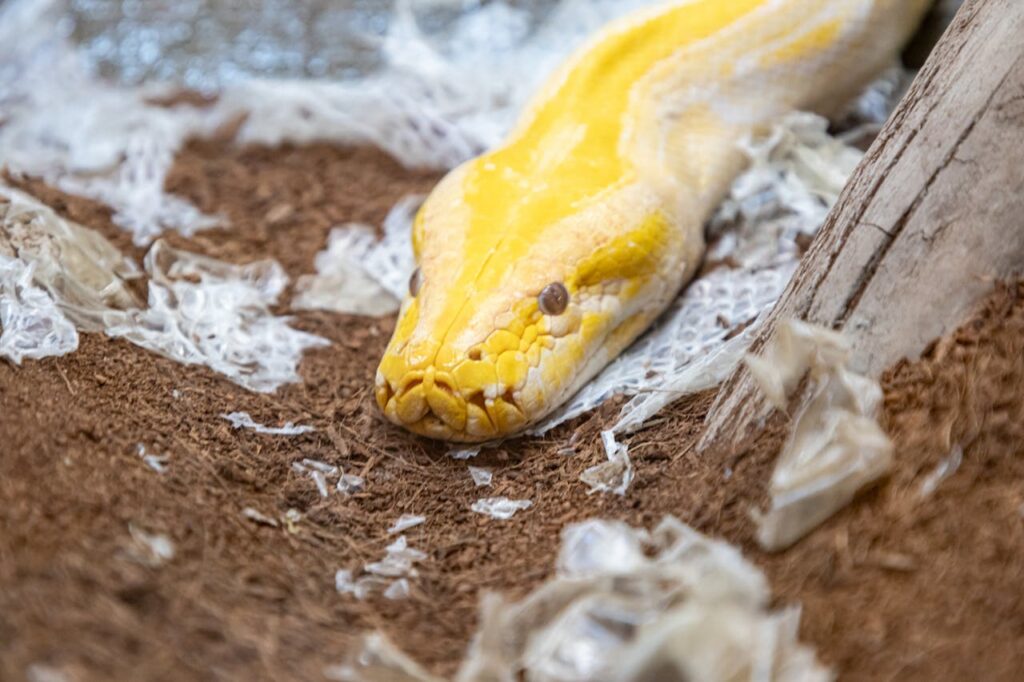
Albino pythons, particularly albino reticulated pythons and ball pythons, represent another case where snakes might appear to have partially see-through properties. These magnificent reptiles lack melanin, the pigment responsible for darker coloration, resulting in striking white or yellow scales with red or pink eyes. In certain lighting conditions, the skin of albino pythons can appear somewhat translucent, allowing limited visibility of some underlying tissues or blood vessels. This visual effect is especially pronounced in younger specimens, whose scales haven’t fully thickened with age. However, this translucency is far from true transparency—observers cannot actually see through the snake’s body or internal organs in any meaningful way. What’s being observed is simply the diffusion of light through less pigmented tissues, creating an illusion of partial transparency.
The Brahminy Blind Snake: Small and Translucent
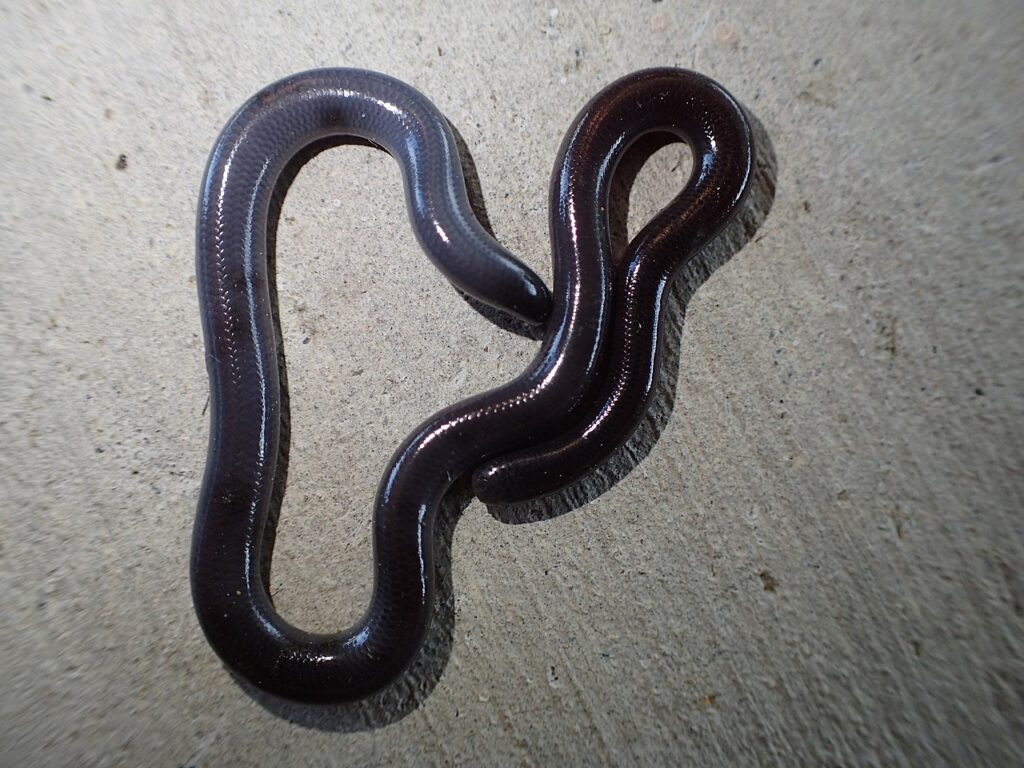
The Brahminy blind snake (Indotyphlops braminus), sometimes called the flowerpot snake, offers perhaps the closest natural example of a snake with seemingly transparent qualities. These tiny snakes, rarely exceeding 6 inches in length, possess smooth, glossy scales that can appear somewhat translucent, especially in certain lighting conditions. Their diminutive size and pinkish-brown coloration can make them look almost worm-like, with their underlying tissues faintly visible through their scales. Native to parts of Asia but now found worldwide due to accidental introduction through potted plant soil, these non-venomous burrowers spend most of their lives underground. While their scales do exhibit some degree of translucency, they still don’t provide the clear “window” into the snake’s internal anatomy that would constitute truly see-through scales.
The Science of Transparency in Animals
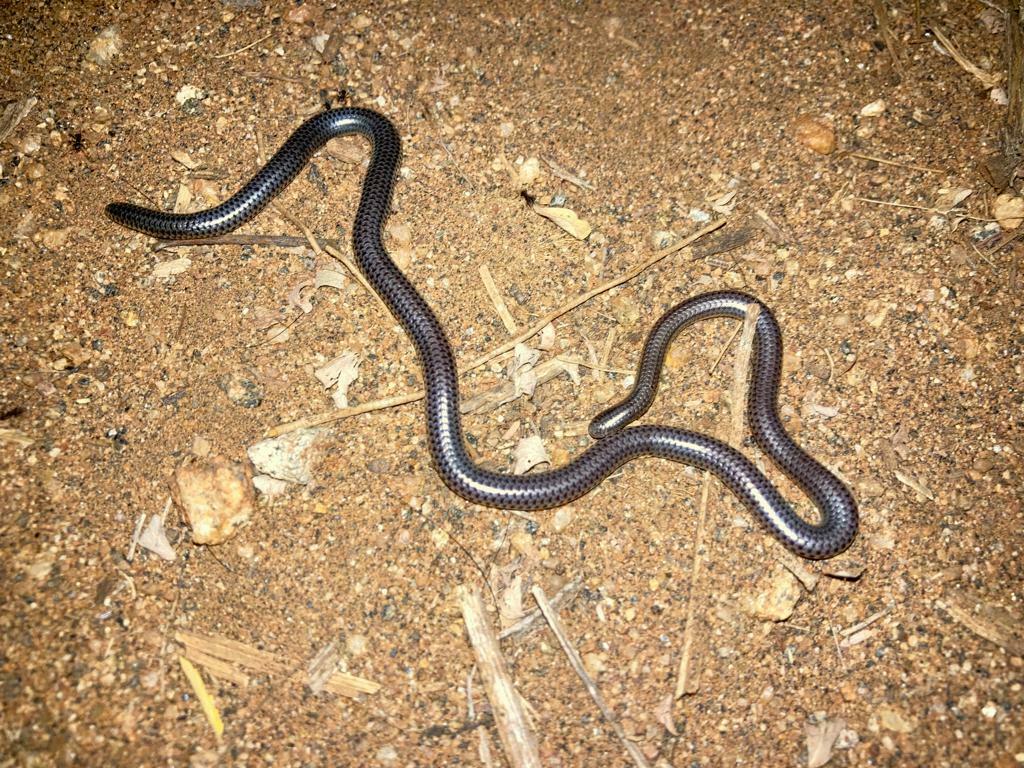
True biological transparency is a fascinating adaptation found in several animal groups, particularly marine species like certain jellyfish, shrimp, and deep-sea creatures. This transparency typically develops as a form of camouflage, helping animals blend into their aquatic environments by allowing light to pass through their bodies rather than creating a visible silhouette. Achieving true transparency requires special cellular and tissue arrangements, including reduced pigmentation, organized tissues that minimize light scattering, and sometimes specialized proteins that enhance light transmission. In terrestrial vertebrates like reptiles, however, such adaptations are exceedingly rare, as they would conflict with many basic biological functions. The skin and scales of land animals serve critical roles in protection from UV radiation, temperature regulation, water retention, and defense against predators—functions that would be compromised by completely transparent structures.
Developing Embryos: A Window Into Snake Development
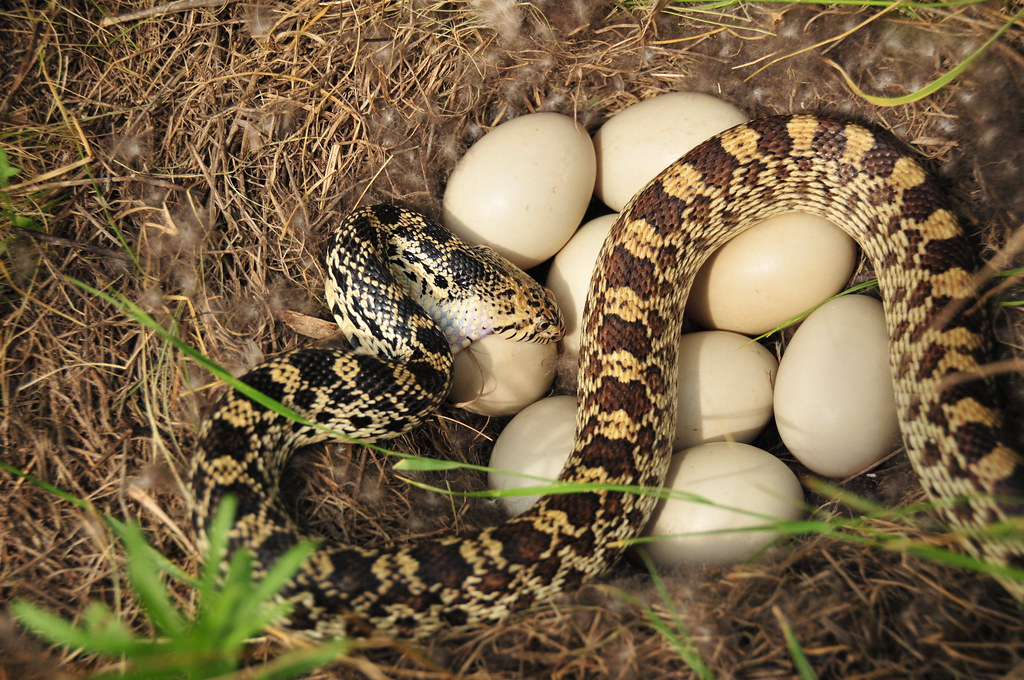
One legitimate instance where snakes display a form of transparency occurs during embryonic development. When viewing snake eggs during advanced developmental stages, particularly in species with thin-shelled or leathery eggs, it’s sometimes possible to see the developing embryo through the egg’s surface. As the embryonic snake develops, its scales haven’t yet fully formed or hardened, resulting in a partially transparent appearance where blood vessels and even internal organs might be visible. This temporary state of transparency exists only in the developmental phase and disappears as the snake matures and its scales develop their typical opaque characteristics. While fascinating from a biological perspective, this phenomenon doesn’t support claims of adult snakes with permanently see-through scales.
Shedding Light on Scale Translucency

The phenomenon of scale translucency in snakes deserves more scientific attention, as it varies significantly across species and life stages. Young snakes of many species exhibit greater translucency in their scales compared to adults, with their scales becoming more opaque as they mature. This developmental pattern allows researchers to observe certain physiological aspects in juveniles that become obscured in adults. Scale translucency also increases dramatically during the pre-shedding phase known as “blue phase” or “in blue,” when fluid accumulates between the old and new skin layers, creating a milky or bluish appearance. Different snake species also exhibit varying degrees of natural translucency based on scale thickness, structure, and pigmentation patterns. These natural variations in translucency, while scientifically interesting, still fall far short of true transparency.
The Ethmoid Window: A Transparent Skull Feature
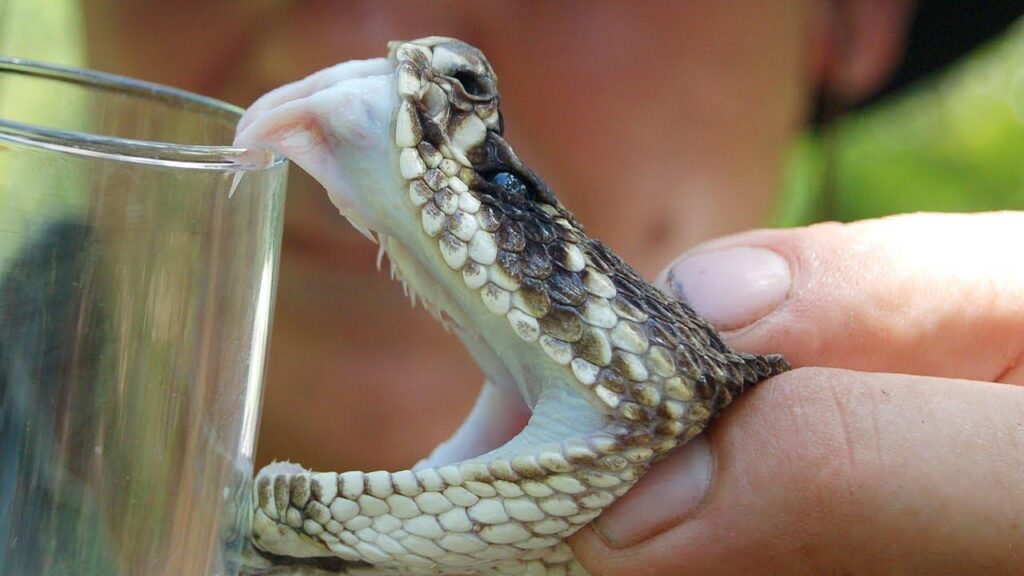
Some snake species possess a fascinating anatomical feature called the ethmoid window—a transparent section of the skull located between the eyes. This specialized region allows light to penetrate directly to the brain, helping certain snake species detect changes in light even when their eyes are covered by specialized scales. The ethmoid window essentially functions as a primitive third eye, aiding in the regulation of daily rhythms and seasonal behaviors by sensing light changes. Species like the pygmy rattlesnake (Sistrurus miliarius) and certain other pit vipers have particularly well-developed ethmoid windows. While this represents a genuine example of transparency in snake anatomy, it’s limited to a small section of skull bone rather than scales, and serves a specific sensory function rather than providing visibility into the snake’s internal structures.
Cultural Origins of the Transparent Snake Myth
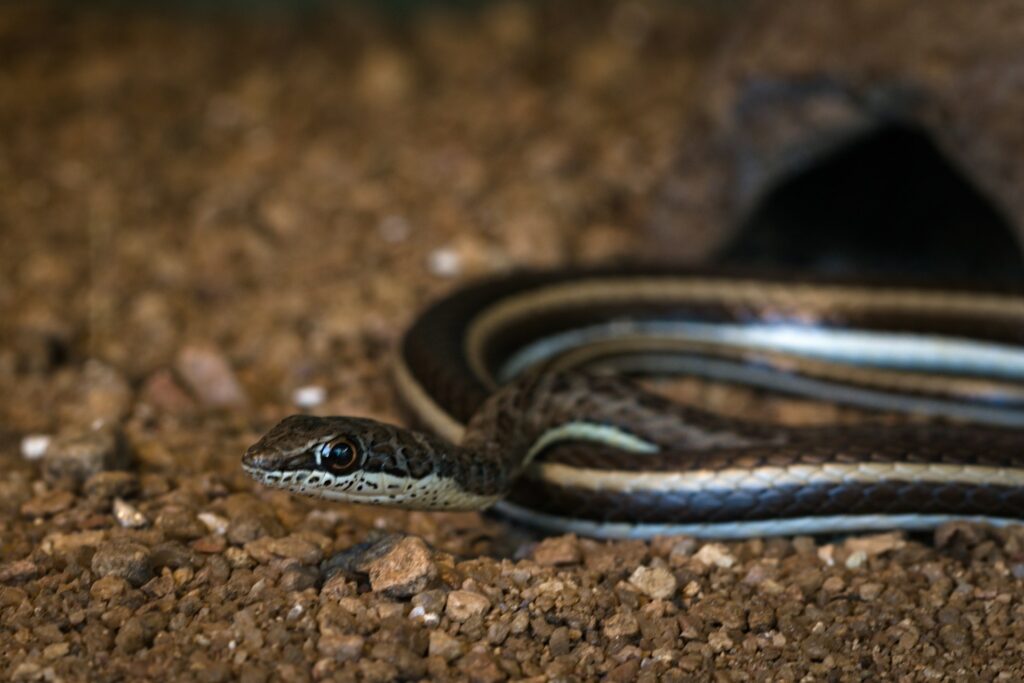
The myth of snakes with see-through scales has deep cultural roots spanning multiple continents and traditions. In various folklore traditions, transparent or glass snakes often symbolize deception, hidden knowledge, or supernatural abilities. Some Native American legends speak of crystal serpents with bodies that reflected or absorbed light in magical ways. In parts of Asia, tales of glass-bodied snakes were sometimes associated with spiritual wisdom or the ability to see into other realms. European medieval bestiaries occasionally mentioned serpents with transparent properties, often attributing mystical significance to such creatures. These cultural narratives, while rich in symbolic meaning, have likely contributed to modern misconceptions about snake physiology. The persistence of these myths demonstrates how compelling the image of a transparent snake remains in human imagination, even when contradicted by biological reality.
Artificial Modifications: Ethics and Reality
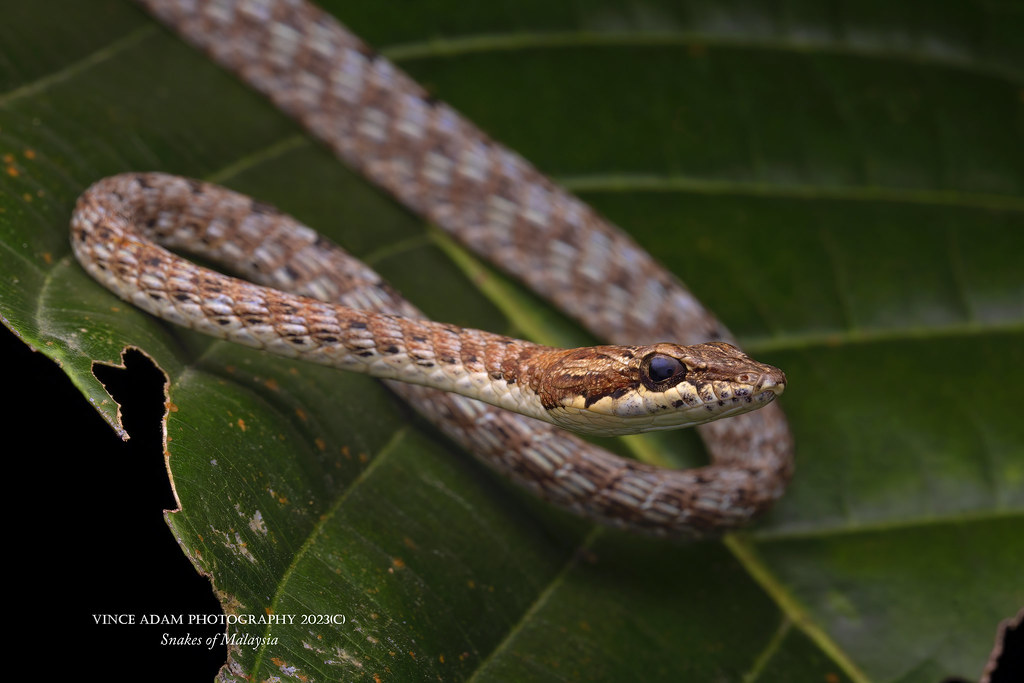
In recent years, disturbing reports have emerged of artificially “transparent” snakes created through taxidermy, preservation techniques, or digital manipulation for entertainment or commercial purposes. These modifications involve processes like chemical skin treatments, partial removal of scales, or preserving specimens in clear solutions to create the illusion of transparency. Such practices raise serious ethical concerns regarding animal welfare and the spread of misinformation about snake biology. Some online images purporting to show “transparent snakes” are actually digitally altered photographs or specimens that have undergone extensive post-mortem processing. Responsible herpetologists and animal welfare organizations strongly condemn any practices that harm living animals to create unnatural appearances or perpetuate biological myths. The desire to see “inside” a snake reflects human curiosity but must be balanced with respect for animal welfare and scientific accuracy.
The Future of Snake Research and Imaging
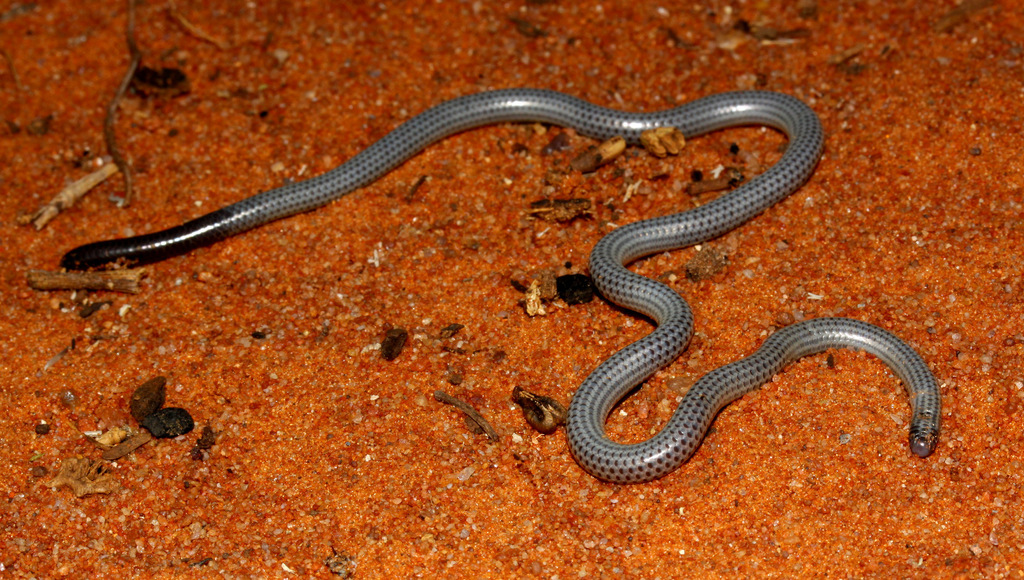
Modern scientific technologies have revolutionized our ability to observe and understand snake anatomy without requiring physical transparency. Advanced imaging techniques like CT scans, MRI, ultrasound, and specialized X-ray methods now allow researchers to visualize internal snake structures with remarkable detail and precision. These non-invasive approaches provide valuable data on snake physiology, digestive processes, reproductive systems, and disease patterns without harming the animals. Some research facilities have even developed specialized “transparent snake” models for educational purposes, using artificial materials to demonstrate internal anatomy in a clear, visible way. These scientific advances satisfy our curiosity about snake internal anatomy while respecting the natural biological properties of these fascinating reptiles. As imaging technology continues to advance, our understanding of snake biology will deepen without requiring any mythical transparency.
Conclusion: Separating Fact from Fiction
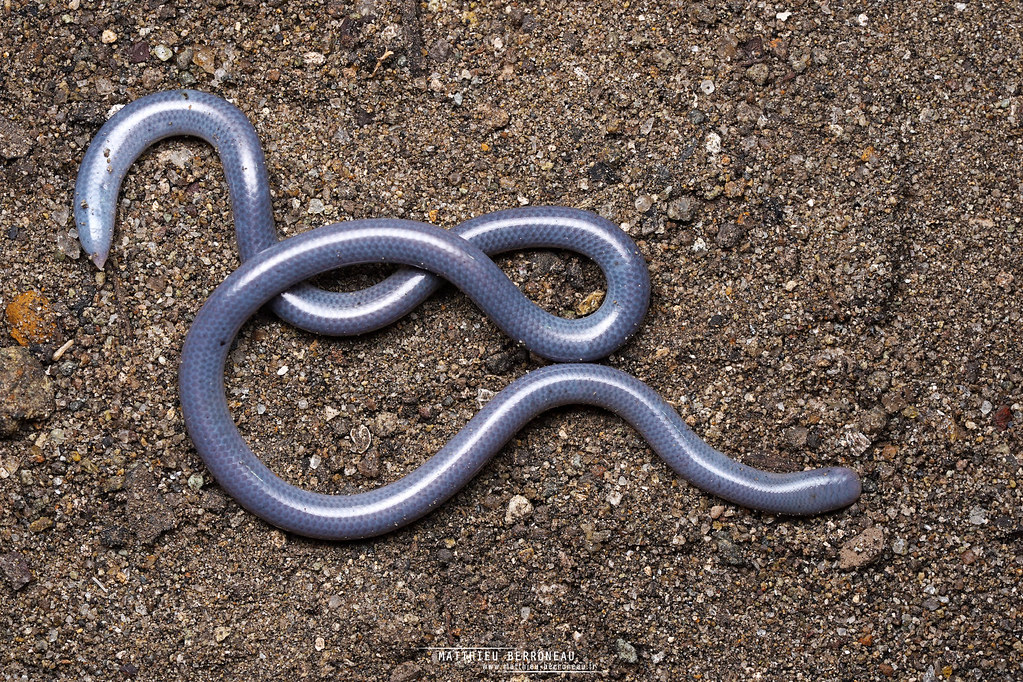
After thorough examination of the evidence, we can confidently conclude that truly see-through snakes with transparent scales do not exist in nature. While several snake species exhibit degrees of translucency in certain conditions—whether due to albinism, developmental stage, small size, or during shedding processes—none possess the glass-like transparency sometimes depicted in popular imagination. The persistence of this myth speaks to humanity’s enduring fascination with snakes and our desire to peer inside these mysterious creatures. Rather than focusing on mythical transparency, appreciating the actual biological adaptations of snakes—from their remarkable scale structures to their specialized sensory systems—offers far more wonder than fiction could provide. The real science of snake biology, with all its complexity and evolutionary marvels, proves once again that nature’s actual designs surpass even our most creative imaginings.

